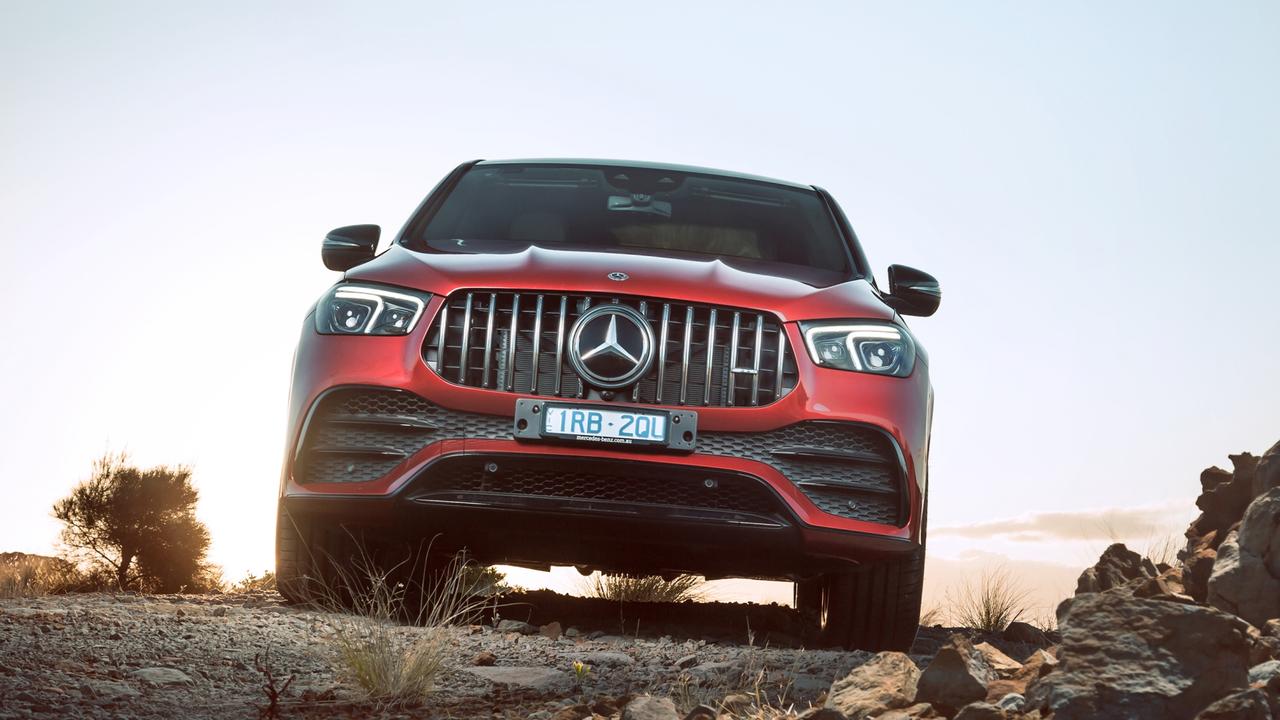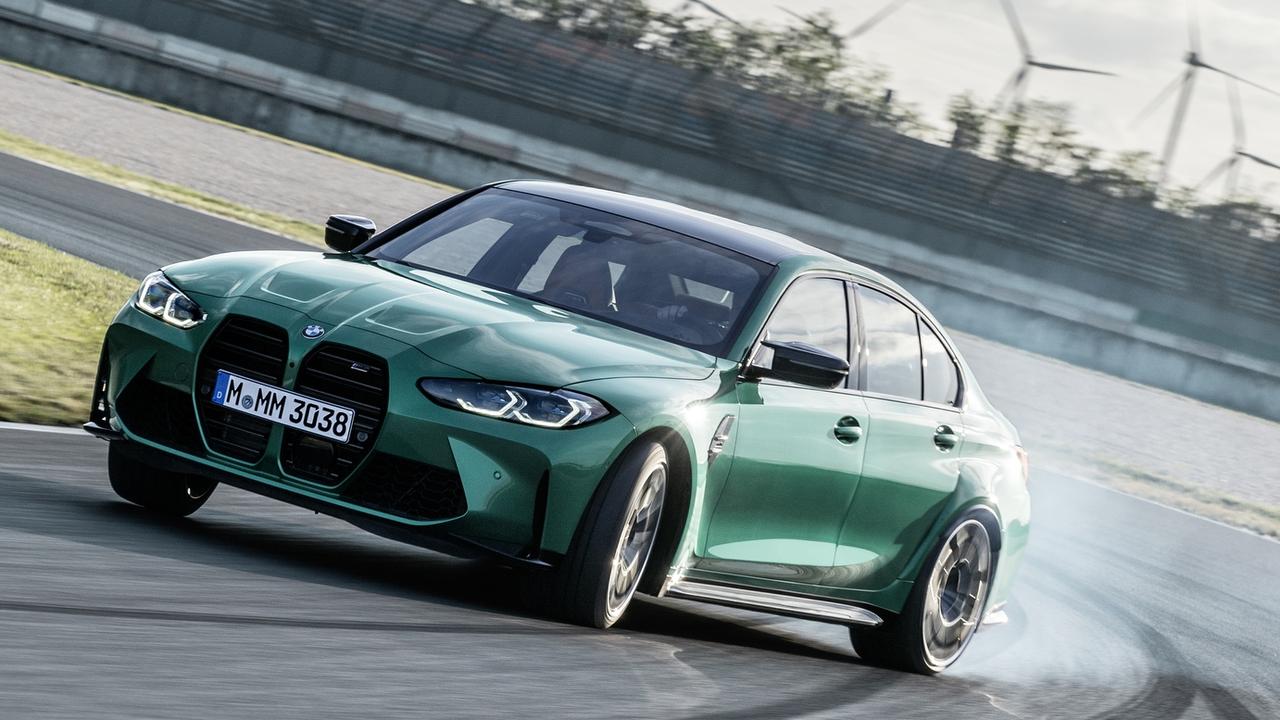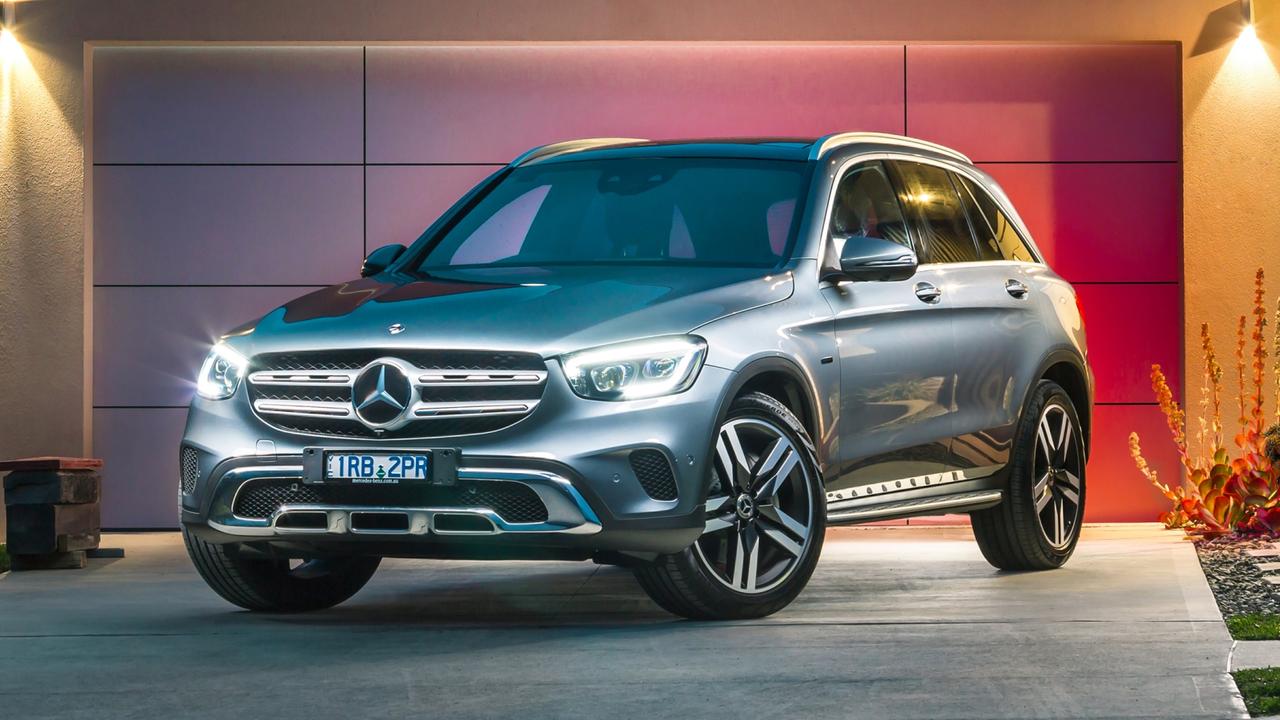First drive: Jaguar’s all-electric I-Pace puts the heat on Tesla
THE I-PACE is the first genuine threat to Elon Musk’s range of breakthrough EVs.
FLOORING the accelerator of the I-Pace is a starship-engaging-warp-drive kind of experience. The electric Jaguar leaps forward instantly as the pedal is pressed.
The neck-straining surge soon has the scenery going by in a blur. Because the car has only one gear there’s no pause in propulsion, all the way to the electronically limited 200km/h top speed.
Jaguar even installs sci-fi sound in the I-Pace, for the full Spock-car effect. Burrow into the menus on the central touch screen to find the one offering “Calm”, “Dynamic” or in-between soundscapes.
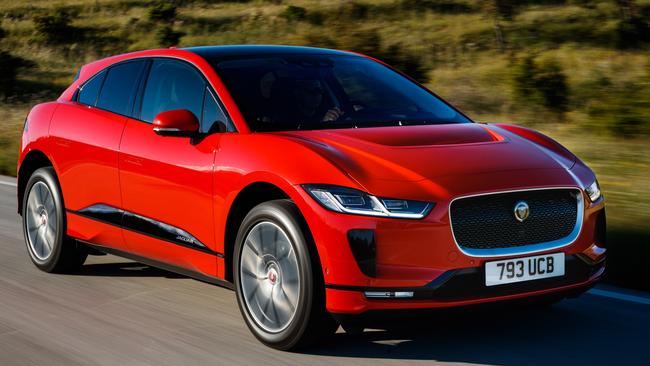
Tap “Dynamic” and the I-Pace’s audio system plays a designed-by-Jaguar electric vehicle noise inside the car. Beginning as an electronic throb, its pitch and intensity rise with speed. Selecting “Calm” disables the feature, leaving nothing but the normal electric vehicle mix of tyre noise, wind whoosh and motor whine.
Anyone who’s never been in a Tesla, which is almost everyone, will be amazed by the Jaguar’s stellar performance and amused by its final-frontier soundtrack. But
the I-Pace is superior to anything Tesla has so far produced.
Prettier outside, more practical inside, the Jaguar also looks better built. It has Tesla-equalling driving range between recharges. Prices are sharp compared to its most obvious competitor, Tesla’s Model X SUV. Finally, the I-Pace is really fun to drive.
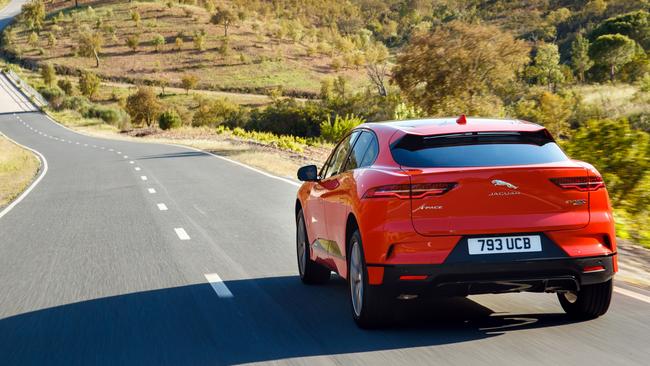
It took Jaguar only four years to go from blank sheet of paper to first I-Pace deliveries in Europe. In that time the company designed, engineered and tested something completely different from anything else to ever wear the leaping-cat badge.
The Brit brand beat German archrivals readying their own battery-powered Tesla-beaters. Mercedes-Benz’s EQ C is due next year, while BMW’s iX3 will be even later. Both are SUVs.
The I-Pace is a five-seater with a nearly all-aluminium body that’s been styled to slip through the air. The rear seats are roomy and comfy, and the cargo compartment is 656 litres large. Jaguar says I-Pace fits the US-market definition of SUV, but it’s lower and sleeker than most.
It has a big lithium-ion battery pack beneath its floor supplying juice to two powerful electric motors. The motors are identical. One turns the rear wheels and one the front wheels, so it’s all-wheel-drive.
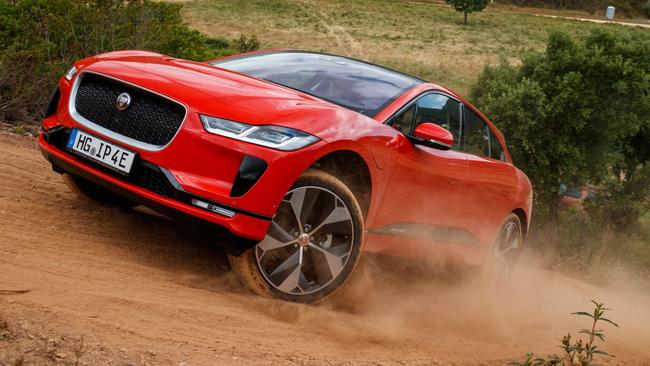
To prove its versatility, Jaguar’s international media intro in the south of Portugal involved driving steep dirt tracks en route to the challenging Portimau race circuit. The I-Pace was good off road and even better on track.
The Jaguar easily went up and down slippery gravel slopes and forded a small stream. The I-Pace’s classy chassis, designed along the same lines as Jaguar’s sports cars, meant it cornered fast and smooth on the racetrack. While the vehicle’s high weight — about 2.2 tonnes — can be sensed from the driver’s seat, so can the fact that all those kilograms are close to the ground.
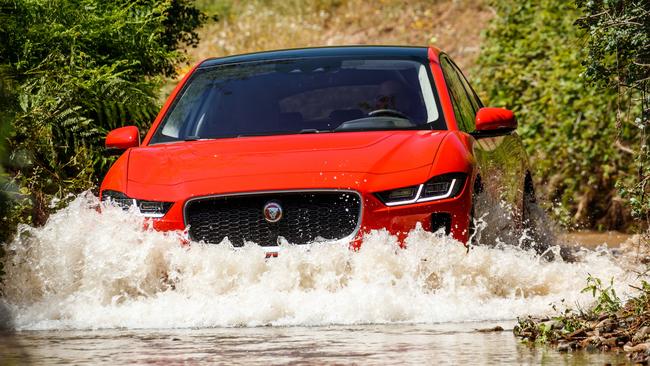
The I-Pace also shines in more mundane driving. It has the power and traction to win any traffic light Grand Prix but is soothingly quiet and rides comfortably, at least on the adaptive air suspension that will be available standard or as an option in all three model grades in Australia.
I-Pace drivers have a lot of control over how it feels to drive. With the regenerative braking set to Low and Creep enabled the I-Pace is a lot like a conventional automatic to drive. It edges forward unless the brake pedal is pressed and slows gradually when the accelerator pedal is released.
Switch the regenerative braking to High and disable Creep and it’s possible to drive the I-Pace mostly using only one pedal. The car’s electricity-generating braking easily brings it to a complete standstill, and you only need to use the brake pedal for sharp stops. It’s the best set-up for driving in stop-start traffic.
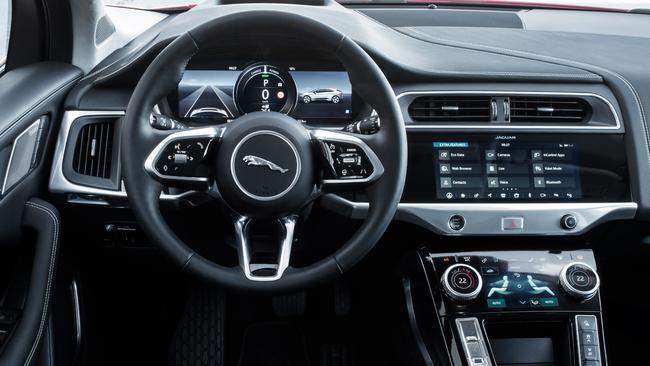
The I-Pace will be sold in S, SE and HSE equipment grades, at prices from $119,000 to $140,800. A lavishly equipped $159,700 First Edition version will be offered for the first 12 months of production. Australian deliveries begin in October.
An affordable 7kW wallbox will put a 100 per cent charge into the I-Pace’s 90kWh lithium-ion battery (which comes with a separate 160,000km/eight-year warranty) in 13 hours. According to the new global WLTP energy efficiency test, the I-Pace can cover 480km on a full charge. Driven hard and fast this will drop, but experience at the overseas launch indicates that even when pushed it will still do 300km on a charge.
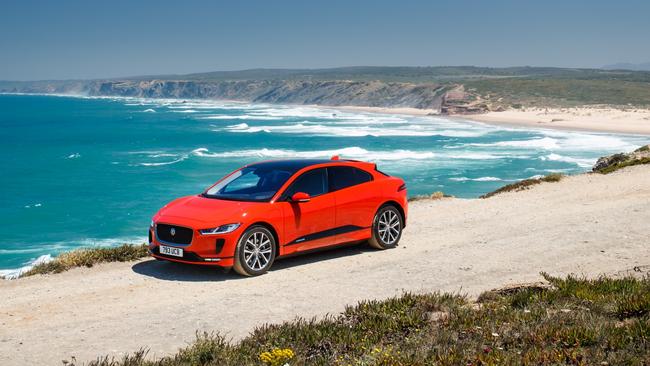
While the I-Pace is ready for long-distance driving, the same can’t be said for Australia’s recharging network. Jaguar has engineered the EV for 100kW DC fast charging, which can give the I-Pace’s battery an 80 per cent fill in just 40 minutes. Powerful DC chargers rare in Australia.
Australian I-Pace buyers will get a free-of-charge three-year subscription to the growing Chargefox Network of rechargers.
While Australia isn’t yet an EV-friendly environment, the I-Pace is a battery-powered car with charm enough to win over electro-sceptic buyers.

